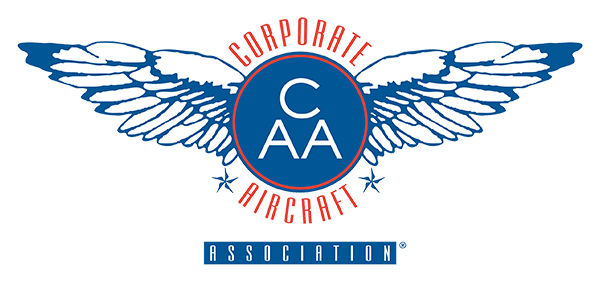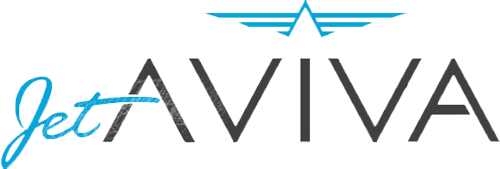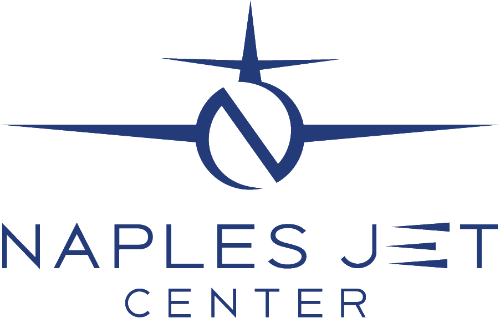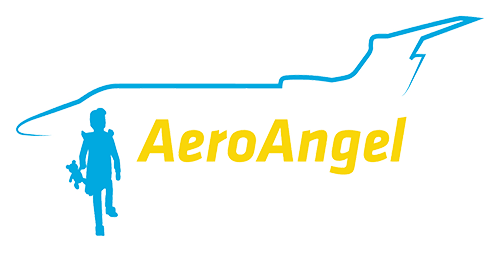Results 1 to 14 of 14
-
Username ProtectedMember
- Posts
- 15 Posts
- Thanked 6 times
- Researching Phenom 300
- Join Date
- Joined Dec 2022
01-16-2023, 10:07 AM #1
#1
 Definition of "Minimum Required Runway Length"
Definition of "Minimum Required Runway Length"
Hello everyone,
I am curious as to the definition of "Minimum Required Runway Length" regarding POH performance.
Is it until 35ft screen height in case of take off, or to a further point, and from V2 to 0kts in case of abort?
Is "Opera" still being used and would contain more information?
Thank you!
(Username Protected) -
Username ProtectedFrequent Poster
- Posts
- 102 Posts
- Thanked 123 times
- Phenom Instructor/Mentor
- Join Date
- Joined Oct 2020
01-16-2023, 10:52 AM #2(Username Protected)-
The "Minimum Required Runway Length" is the total distance needed to BOTH:
1) Have an engine fail at "Vef" (one second before V1), apply full braking at V1 (with new tires and brakes), and come to a stop.
-This is called Accelerate Stop Distance (ASD)
2) Have an engine fail at the same Vef, accelerate on one engine to VR, rotate and reach 35' AFL and V2.
-This is called One Engine Inoperative Takeoff Distance (OEI TOD), but unofficially it is called "Accelerate Go" distance.
Technically 115% of all engines operating takeoff distance to 35' must also be respected, but this is, practically speaking, never a limitation for a two engine jet- more likely for 4 engines, sometimes 3 engine jets, as they don't lose as much climb performance OEI, relative to a twin.
OPERA is not software that is useful for day to day line operations. From the beginning of the Phenom program Embraer has encouraged the use of APG's iPreflight app, as for years it was the only solution to all performance restrictions for takeoff and landing (even the AFM cannot truly be used to comply with all restrictions). Now we have a choice of two companies, as ForeFlight has added a runway analysis option, as it is also a fully compliant solution to regulatory performance requirements.
I have extensive experience with APG's two runway analysis apps, as well as with ForeFlight's runway analysis add on. They are all excellent products. As you would expect they each have some pros and cons, but at the end of the day any of the three options is very good. -
Username ProtectedMember
- Posts
- 15 Posts
- Thanked 6 times
- Researching Phenom 300
- Join Date
- Joined Dec 2022
01-19-2023, 10:01 AM #3
#3
Thank you very much, this was very helpful.
Some follow up questions:
1. Is climb and cruise performance published anywhere? Can't find it in the POH.
2. Take Off distances are shown for Flaps 1 and 2. Any preferential setting?
3. Same question for landing distances which are shown using Flap 3 and Flap Full. Is there a preferred Flap setting used, or does it vary frequently (depending on conditions)?
Thank you!
(Username Protected)
PS: In case you wonder about these questions, we are integrating the PH100 and PH300 in our avionics log analysis software (some Phenom owners are using it already).
A sample flight can be seen here .
It generally works with any Garmin logs, but we are adding dedicated Phenom profiles for a better experience and more functionality. Once that is done, I'll make an intro post. -
Username ProtectedStar Contributor
- Posts
- 745 Posts
- Thanked 507 times
- Phenom 300 Owner & Pilot
- Join Date
- Joined Oct 2020
01-19-2023, 12:30 PM #4Look in SECTION 3-40 FLIGHT PLANNING.
- CLIMB CONFIGURATION – ALL ENGINES OPERATING
- MAXIMUM SPEED CRUISE – ALL ENGINES OPERATING
Flap 1 unless very short runways.
For me Flap Full. Originally the plane wasn't certified for Flap Full, but that was added many years ago. -
Username ProtectedFrequent Poster
- Posts
- 102 Posts
- Thanked 123 times
- Phenom Instructor/Mentor
- Join Date
- Joined Oct 2020
01-19-2023, 12:33 PM #51) Climb and cruise performance is published in the POH, it is not in the AFM, however.
2) Most pilots bias to a Flaps 1 takeoff unless a Flaps 2 takeoff is operationally needed for a short takeoff roll. In the Phenom 100 especially, a Flaps 2 takeoff is often not a practical option due to the drag increase.
3) Flaps full landing is also preferred, there are situations such as high density altitude or landing with airframe icing that require Flaps 3, however. I know a few pilots who have been flying the Phenom 300 for a very long time who still land Flaps 3, as for some time it was the only allowed option, but you don't see that as much as one used to when Flaps Full landings were "new". -
Username ProtectedFrequent Poster
- Posts
- 139 Posts
- Thanked 74 times
- Phenom 300 Owner & Pilot
- Join Date
- Joined Nov 2020
01-19-2023, 02:04 PM #6Taking the thread a bit off topic here... but I'm surprised to hear that. I've literally never landed flaps full, and know a few other pilots who land flaps 3 all them time as well.
The reasoning I've heard (including from an instructor at CAE... for whatever that's worth) is that the performance numbers are barely different (like 1kt vref and 50-100ft) and the go-around performance is worse (since you are going-around in flaps 2 rather than flaps 1).... so unless you've got a landing profile that demands flaps full, there is little reason to. -
Username ProtectedFrequent Poster
- Posts
- 102 Posts
- Thanked 123 times
- Phenom Instructor/Mentor
- Join Date
- Joined Oct 2020
01-19-2023, 02:21 PM #7(Username Protected)-
I've found there is a tremendous difference in the actual, realized landing performance difference for a Flaps 3 and Full landing.
You're correct that the book numbers aren't very different (in fact, for a long time they were exactly the same as Embraer didn't publish new numbers post-mod), but there is so much less float with Flaps Full then with Flaps 3 that you will be hitting the desired touchdown point more closely.
Phenoms (as is true of all jets) run off of runways with depressing regularity, but the likelihood of the extra climb gradient on a Flaps 1 OEI GA vs the Flaps 2 gradient really mattering is low, to put it mildly. So from a risk management POV, addressing the more present risk of an excursion is more important than the remote risk of an OEI GA. With that said, we do still need to comply with approach climb limits (predicated on an OEI GA), but even at 5000' elevation and 30C, the limit is over MLW for the 300. -
Username ProtectedFrequent Poster
- Posts
- 139 Posts
- Thanked 74 times
- Phenom 300 Owner & Pilot
- Join Date
- Joined Nov 2020
01-19-2023, 03:11 PM #9I'll have to give it a try and see how much difference I notice... I usually don't have any issues with float and hit my mark dead on as long as I'm at Vref... but it will certainly float for a mile if you are +10 and try to flare.
fwiw, I've been using (Username Protected)'s software to track my Vref & touchdown accuracy over time. The data isn't perfect (since the Garmin doesn't actually record touchdown point) but it's pretty close. For those that have used the TBM tools, it's a way, way better version of that. -
Username ProtectedFrequent Poster
- Posts
- 102 Posts
- Thanked 123 times
- Phenom Instructor/Mentor
- Join Date
- Joined Oct 2020
01-19-2023, 03:45 PM #11(Username Protected)-
Yes, and for the 100 the difference in speed is a bit more. Try some flaps full landings with an instructor some time. At VNY you’re fine for approach limits with a Flaps Full landing but the 100 is much more limited than the 300- anywhere at higher altitudes and Flaps 3 is the only legal landing setting. -
Username ProtectedMember
- Posts
- 53 Posts
- Thanked 33 times
- Phenom 300 Owner & Pilot
- Join Date
- Joined Oct 2020
01-19-2023, 06:10 PM #12I think also worthwhile noting that, slowing down to Vref and achieving a stabilized approach is much easier with Flaps full than Flaps 3. To (Username Protected)'s point, there is a significant risk reduction of overshooting Vref if you are brought higher or had to keep the speed up. Therefore I almost never used flaps 3 with the Phenom after the Full were implemented.
Now interestingly that with the Praetor, the POH even recommends Flaps 3 for fuel efficiency and noise reduction. Unlike the Phenom there is a significant landing distance penalty for Flaps 3 with the Praetor. Nevertheless I routinely use Flaps 3 on runways that are 7000 ft or more and dry. The Praetors do stop a lot better than the Phenoms though. -
Username ProtectedFrequent Poster
- Posts
- 109 Posts
- Thanked 25 times
- Researching Phenom 100
- Join Date
- Joined Sep 2021
01-19-2023, 07:11 PM #13.
[[[I have extensive experience with APG's two runway analysis apps, as well as with ForeFlight's runway analysis add on. They are all excellent products. As you would expect they each have some pros and cons, but at the end of the day any of the three options is very good.[/QUOTE]]]]]]
(Username Protected),
what is APG stand for? -
Username ProtectedFrequent Poster
- Posts
- 102 Posts
- Thanked 123 times
- Phenom Instructor/Mentor
- Join Date
- Joined Oct 2020
01-20-2023, 07:59 AM #14(Username Protected)-
Aircraft Performance Group. Their website: https://flyapg.com/
- Quick Links
- New Posts
- Participated
- Subscribed
- Today's Posts
- Hot This Week


 Reply
Reply






















